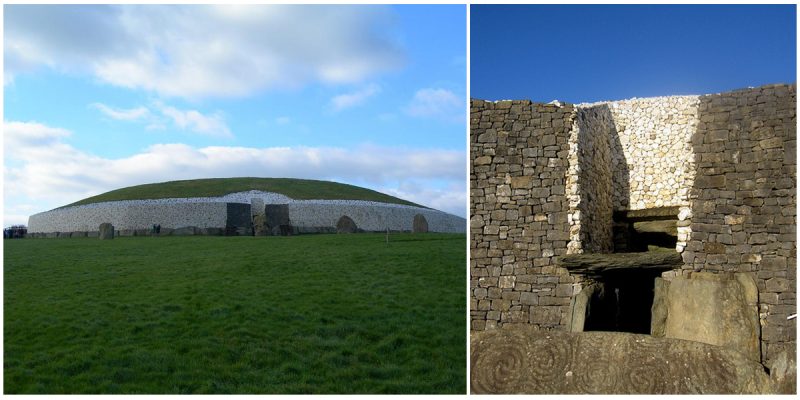Located about one kilometer north of the River Boyne in the Boyne Valley, Newgrange is a prehistoric monument in County Meath, Ireland, built around 3200 BC during the Neolithic period, which makes it older than Stonehenge and the Egyptian pyramids.
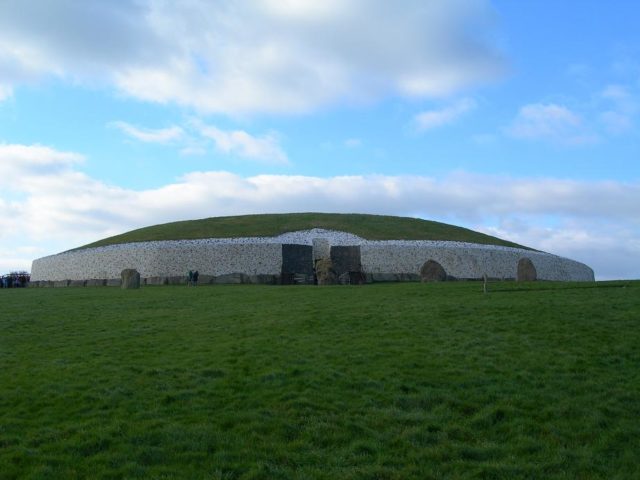
It was built by a farming community and it’s a type of monument known as a passage-grave or passage-tomb. It is not known exactly for whom the tomb was built, but it was clearly the burial place of a great tribal leader.
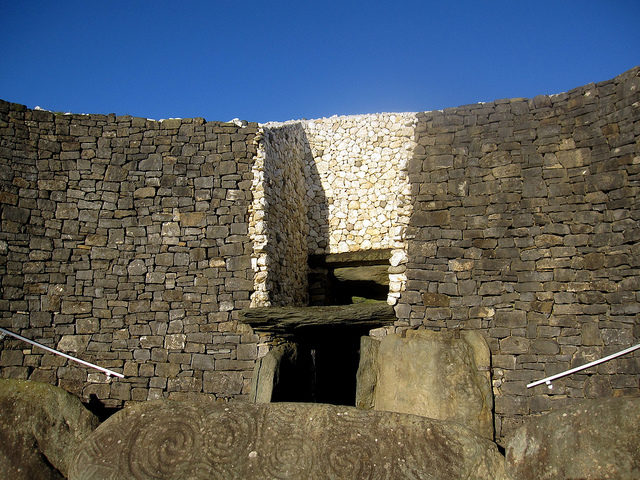
It was built in a time when stone used as the primary everyday material for tools and weapons. The monument mainly consists of a large mound, built of alternating layers of earth and stones with grass growing on top.
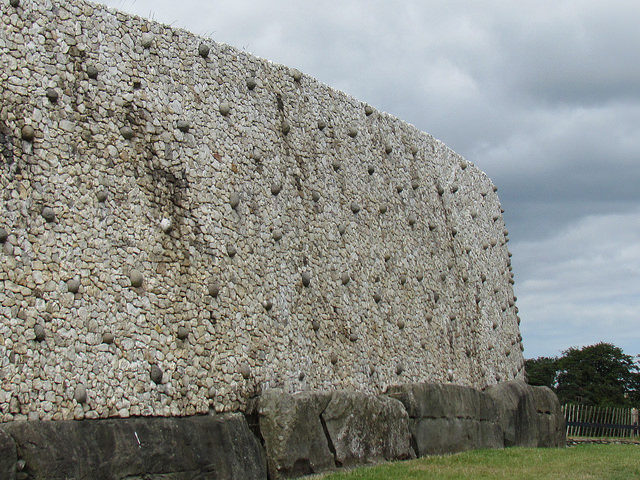
It is the best- known monument in Ireland, alongside the similar passage-tomb mounds of Knowth and Dowth. Newgrange and its sister tombs were designed a World Heritage Site by UNESCO because of their outstanding cultural legacy. Knowth is about 12 meters high and 67 meters in diameter, covering roughly a hectare and it contains more than a third of the total number of examples of megalithic art in all of Western Europe.
It has spirals, lozenges, and serpentiform motifs. Dowth is about 85 meters in diameter and 15 meters high, this tomb has a few decorated stones, and a single, massive right-hand recess. It is less developed as a tourist attraction than its neighbors, partly because the chamber is much lower, and partly because the decoration is poorer.
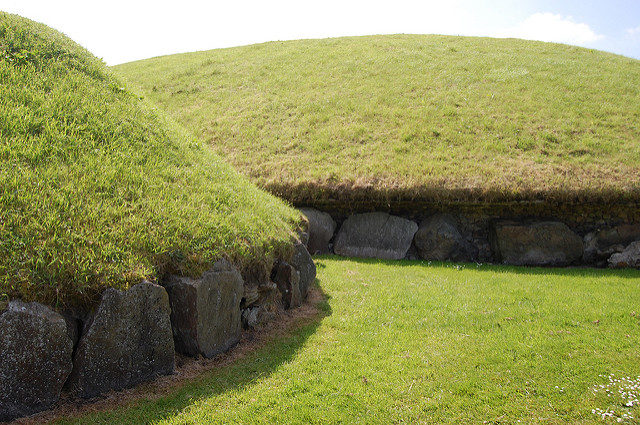
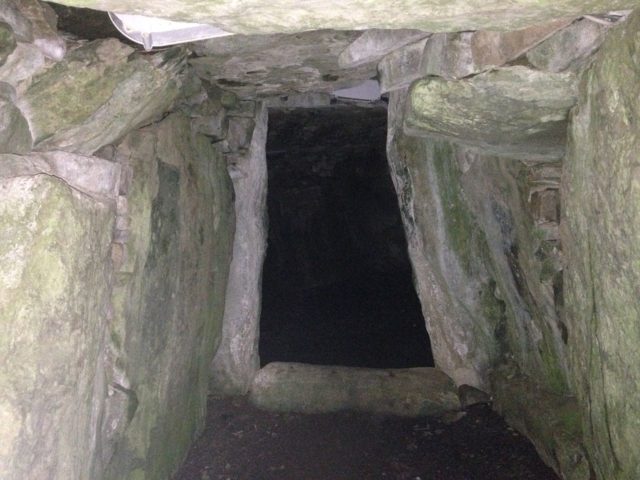
There have been various debates as to its original purpose. Many archeologists believed that the monument had religious significance of some sort or another, either as a place of worship for a “cult of the dead” or for an astronomically-based faith. One of the legends says the mound was dedicated to Dagha, the sun-god of pre-Christian Ireland, and later became the burial places of pagan kings of Tara.
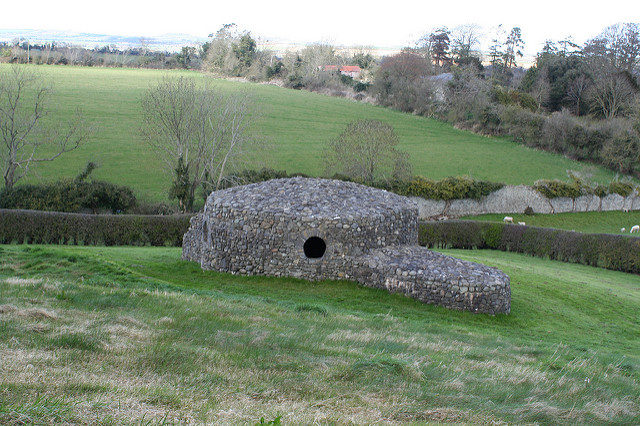
Once a year, at the Winter Solstice, the rising sun shines directly along the long passage, illuminating the inner chamber of the tombs and revealing the carvings inside. The spirals are interpreted as symbols of the journey to the next world and the tomb is thought by some to be a solar temple of a prehistoric race of supernatural people.
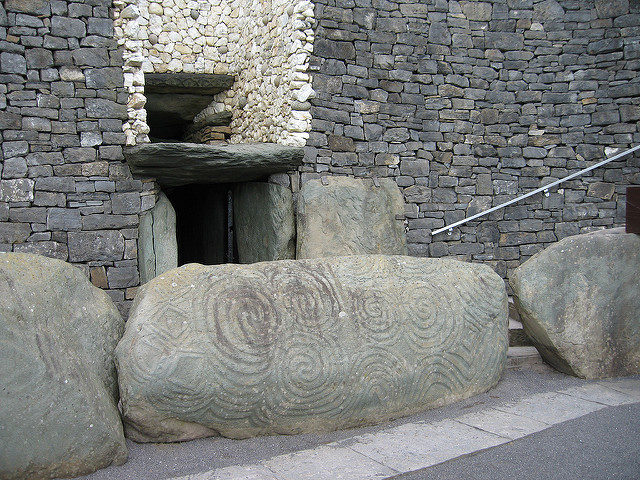
In 1882, Newgrange and the nearby monuments Knowth and Dowth were taken under the control of the state, and they were placed under the responsibility of the Board of Public Works.
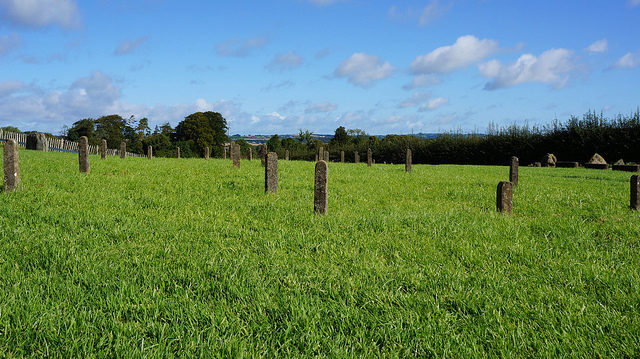
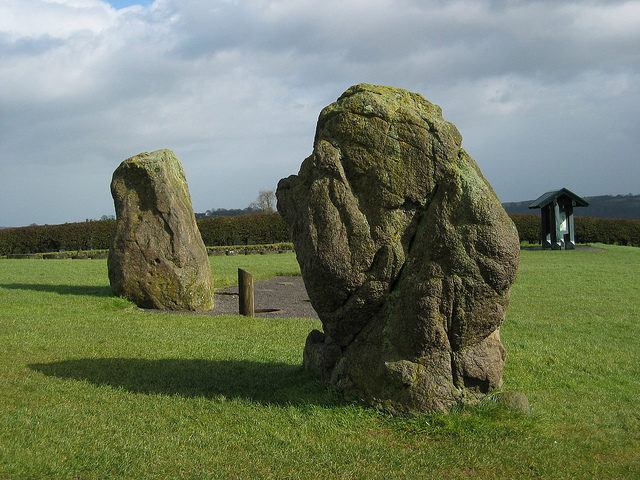
Want War History Online‘s content sent directly to your inbox? Sign up for our newsletter here!
In the early 1970s, Newgrange had around 30,000 visitors per year. By 1980 this had doubled to 63,000, and by 1990 it had doubled again, to 132,000. In 1996 the official number of visitors to Newgrange exceeded 150,000, with thousands more unable to access the site as saturation point had been reached.
